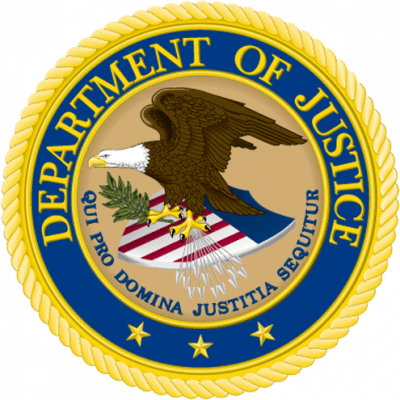
Earlier this month the United States Department of Justice admitted what many of us have suspected: we will not be seeing web accessibility regulations in the United States for commercial and public entities any time soon. Some time in 2013 at the earliest.
In July, 2010, the Department issued what is called an Advanced Notice of Proposed Rule Making indicating that it was planning to issue regulations about web accessibility. The step after an “Advanced Notice” is a “Notice of Proposed Rule Making” (NPRM). After that is the rule itself. In its semi-annual regulatory agenda for Spring 2011, however, the DOJ called the NPRM for Web Accessibility a “Long Term Item” not expected until December, 2012. That’s well over a year from now. And it is close to two years after the public comment period on the Advanced Notice closed, and almost two and one half years after the DOJ announced the possible regulations in July, 2010.
And the December, 2012 step (assuming it even happens) isn’t even the last one on the road to a real regulation. The end of next year is only the “maybe” date for a “Notice” of Proposed Rule Making after which there will be another public comment period before an actual regulation.
The “Semi-Annual Regulatory Agenda” that included the 2012 date is a document in which federal agencies are supposed to notify the public about their plans for regulatory actions over the next year or two. Experts in the arcane world of federal regulations consider any deadline in the Agenda not a real date to be counted on, but more like a date to aspire to – a “maybe” or “hoped for” date.
Websites Must Still be Accessible
The delay in official Justice Department regulations does not mean website owners and developers can or should delay in making websites accessible. Both the ADA and the laws of California and other states already require accessible websites. And the Web Content Accessibility Guidelines promulgated by the Web Accessibility Initiative are internationally accepted accessibility criteria for which significant guidance and resources are readily available.
Federal and state law have long prohibited discrimination against people with disabilities, and in the 21st century, web accessibility is a key aspect of that non-discrimination mandate. The absence of accessibility on the web means exclusion of people with disabilities from every aspect of today’s society: education, commerce, public affairs, recreation, healthcare, entertainment, government services, and more. Lack of accessibility is a “Do Not Enter” sign on the information highway, and the law already requires that the sign be removed.
Other ANPRMs Get Faster Treatment
When the DOJ issued the Advanced Notice on Proposed Rule Making on web accessibility, it also issued three other ANPRMs. According to recent DOJ information, the NPRMs for these other proposed rules may actually see the light of day this year.
- The DOJ Equipment and Furniture ANPRM addresses a wide range of issues including the accessibility of kiosks, golf carts and medical equipment. There is now a December 2011 date for publication of the NPRM on furniture and equipment. There will then be another public comment period after that, with no prediction when a final rule will be published.
- The DOJ’s proposal about next generation 9-1-1 services has a date of September 2011 for publication of an NPRM
- Another closely watched ANRPM involving movie captioning and audio description now as a tentative NPRM publication date of October 2011
Resources about the (possible) Web Accessibility Regulations
- Read Lainey Feingold’s January 2011 testimony before the Department of Justice in support of web accessibility regulations
- Read the original post on this website about the July, 2010 ANPRMs including web accessibility
- Department of Justice announcement about the ANPRM
Special thanks to Ken Shiotani, Senior Staff Attorney at the National Disabilities Rights Network, for alerting me to the DOJ’s Semi-Annual Agenda and explaining what it means. NDRN is the largest provider of legally based advocacy services to people with disabilities in the United States. Visit the NDRN website.